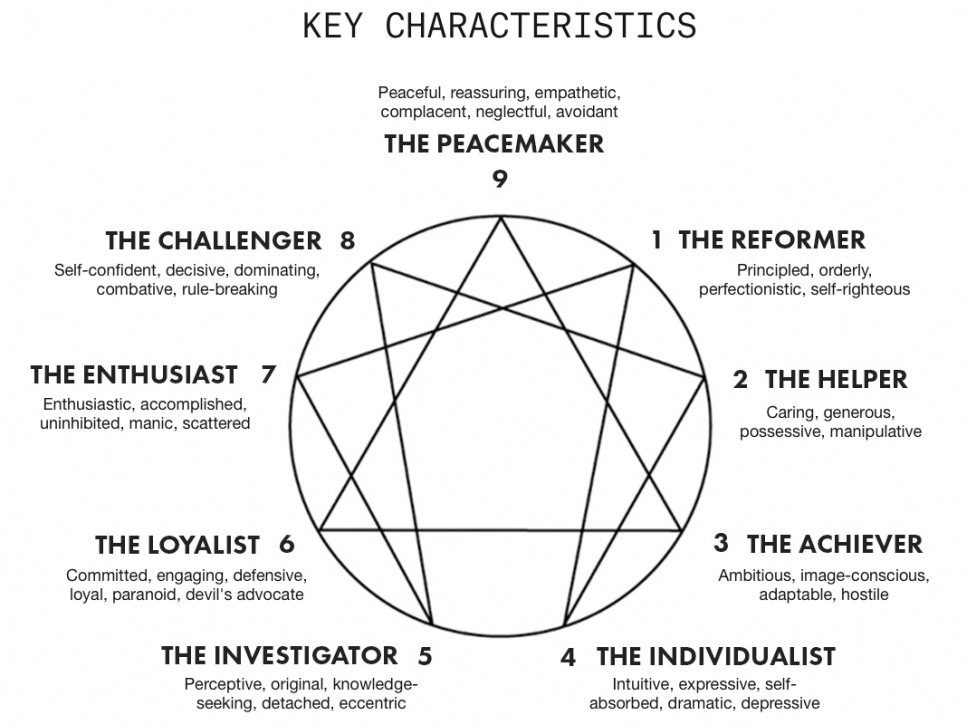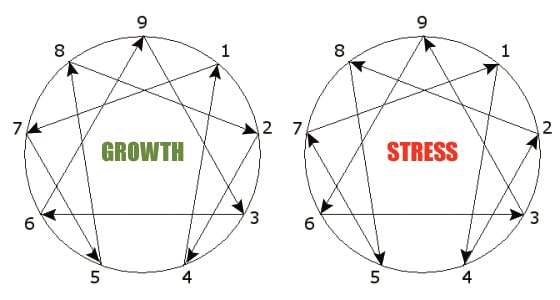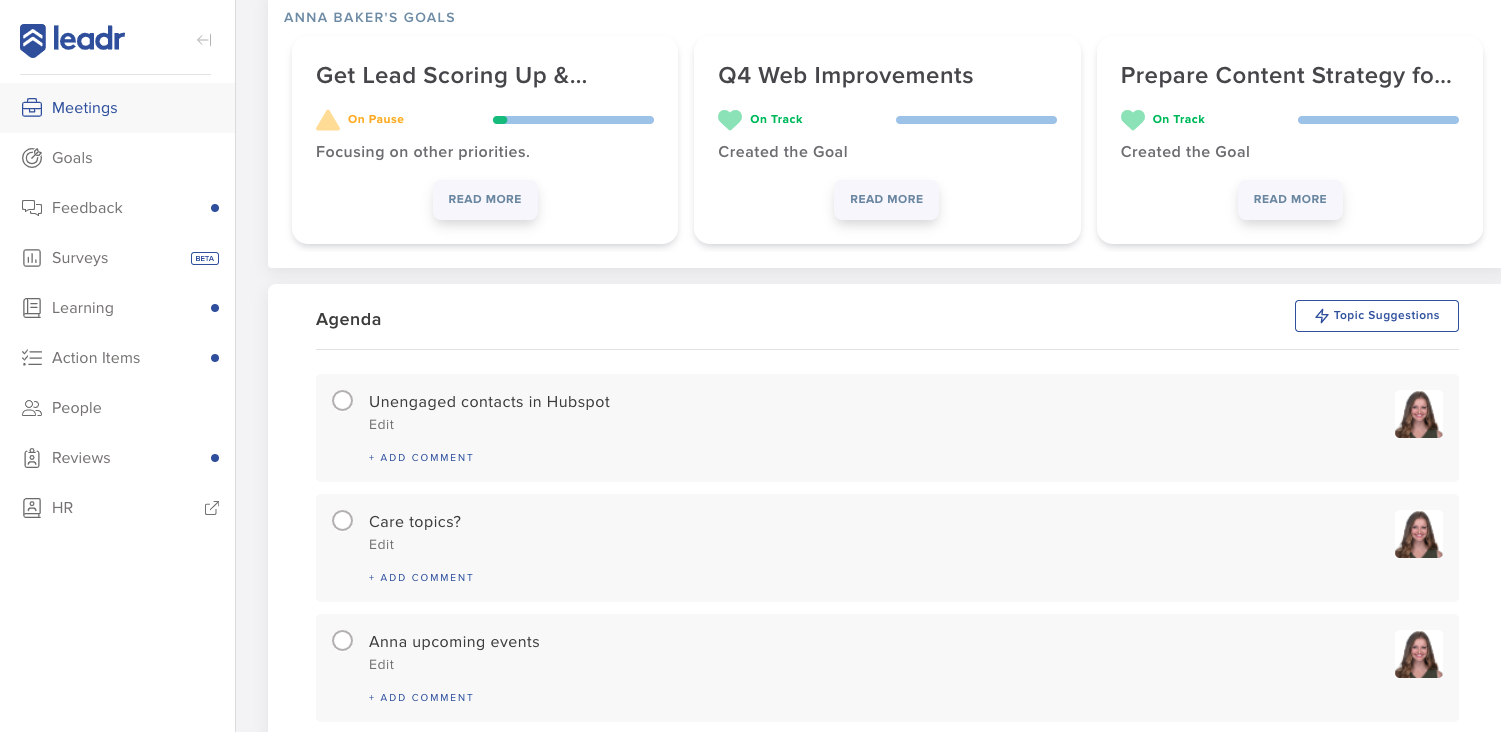[2 Min Read] Understanding the Enneagram

Understanding the Enneagram will not only help with your leadership through self-awareness, but it will also open opportunities for you to support you team with more understanding! The Enneagram refers to the nine different personality types; each representing a worldview that resonates with the way people think, feel, and act in relation to the world, others and themselves. An in depth article can be found at The Enneagram Institute, and we have provided an overview of it below.
The Enneagram’s structure may look complicated, although it is actually simple. The nine points on the circle are also connected with each other by the inner lines of movement in stress and in growth.

Start with your Basic Personality Type. The Enneagram can be seen as a set of nine distinct personality types, with each number on the Enneagram denoting one type. It is common to find a little of yourself in all nine of the types, although one of them should stand out as being closest to yourself. This is your basic personality type. People do not change from one basic personality type to another. Also consider that not everything in the description of your basic type will apply to you all the time because you fluctuate constantly among the healthy, average, and unhealthy traits.
There are plenty of Enneagram Tests available online, but below is a great starting point for identifying your type. As you think about your personality, which of the following nine roles fits you best most of the time? Or, if you were to describe yourself in a few words, which of the following word clusters would come closest?
Type One is principled, purposeful, self-controlled, and perfectionistic.
Type Two is generous, demonstrative, people-pleasing, and possessive.
Type Three is adaptable, excelling, driven, and image-conscious.
Type Four is expressive, dramatic, self-absorbed, and temperamental.
Type Five is perceptive, innovative, secretive, and isolated.
Type Six is engaging, responsible, anxious, and suspicious.
Type Seven is spontaneous, versatile, acquisitive, and scattered.
Type Eight is self-confident, decisive, willful, and confrontational.
Type Nine is receptive, reassuring, complacent, and resigned.
Next, determine Your Wing. No one is a pure personality type. Everyone is a unique mixture of their basic type and usually one of the two types adjacent to it on the circumference of the Enneagram. Your wing is the “second side” of your personality, and it must be taken into consideration to better understand yourself or someone else. If your core type is like ice-cream in a bowl, the wing indicates the kind of sauce you add to your ice-cream!
Then, look inward to see The Levels of Development on your type. There is an internal structure within each personality type. That structure is the continuum of behaviors, attitudes, defenses, and motivations which make up the personality type itself. You have probably noticed that people change constantly—sometimes they are clearer, more free, grounded, and emotionally available, while at other times they are more anxious, resistant, reactive, emotionally volatile and less free. Understanding the Levels makes it clear that when people change states within their personality, they are shifting within the spectrum of motivations, traits, and defenses that make up their personality type.
Lastly, look at your directions of Integration (Growth) and Disintegration (Stress). There are two lines connected to each type, and they connect with two other types. One line connects with a type that represents how a person of the first type behaves when they are moving toward health and growth. This is called the Direction of Integration or Growth. The other line goes to another type that represents how the person is likely to act out if they are under increased stress and pressure—when they feel they are not in control of the situation. This second line is called the Direction of Stress or Disintegration.

Our hope is for this overview to help you and your team understand the Enneagram basics. There is a plethora of resources out there if you’d like to continue learning! The Enneagram is useful because it indicates with startling clarity certain concepts of meaning about something that is essentially beyond definition: the mystery that we are.
Until next time, lead on.
The Leadr Team
Share this
You May Also Like
These Related Stories

Gaining Traction with Leadr: Software to Help You Implement the EOS Framework

Building a Strong Team Culture: Virtual, In-Person, or Hybrid




No Comments Yet
Let us know what you think